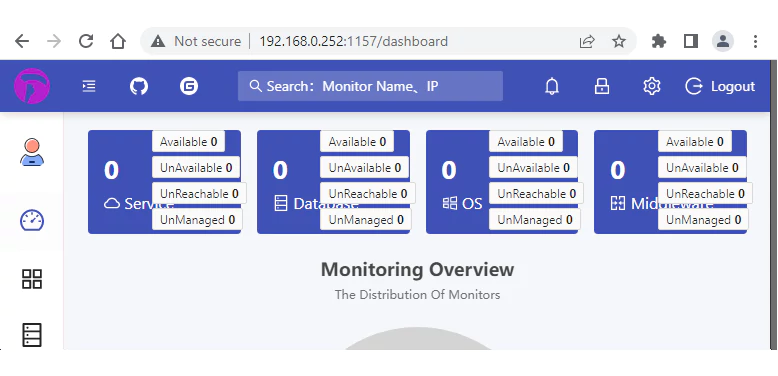HertzBeat is a monitoring system which can be used to monitor web applications, databases, middlewares, and other services. HertzBeat is an open-source project which released under the Apache License 2.0.
This tutorial explains how to install HertzBeat inside a Docker container in the Linux. Commands have been tested on Ubuntu.
Prepare environment
Make sure you have installed Docker in your system. If you are using Ubuntu, installation instructions can be found in the post.
Install HertzBeat
- Host network
Run the following command to create a container for HertzBeat that uses host network:
docker run -d --name=hertzbeat --restart=always --network=host \
-v /opt/hertzbeat/data:/opt/hertzbeat/data \
-v /opt/hertzbeat/logs:/opt/hertzbeat/logs \
tancloud/hertzbeat- User-defined bridge network
User-defined bridge network can be used for listening on different port. By default, HertzBeat service is listening on port 1157. It can be changed with -p option.
docker network create app-netdocker run -d --name=hertzbeat --restart=always --network=app-net \
-p 8080:1157 \
-v /opt/hertzbeat/data:/opt/hertzbeat/data \
-v /opt/hertzbeat/logs:/opt/hertzbeat/logs \
tancloud/hertzbeatTesting HertzBeat
Open a web browser and go to http://<IP_ADDRESS>:1157, where <IP_ADDRESS> is the IP address of the system. Log in to the dashboard with the default username (admin) and password (hertzbeat).

Uninstall HertzBeat
To completely remove HertzBeat, remove its container:
docker rm --force hertzbeatRemove HertzBeat image:
docker rmi tancloud/hertzbeatYou can also remove HertzBeat data:
sudo rm -rf /opt/hertzbeatIf a user-defined bridge network was created, you can delete it as follows:
docker network rm app-net



Leave a Comment
Cancel reply